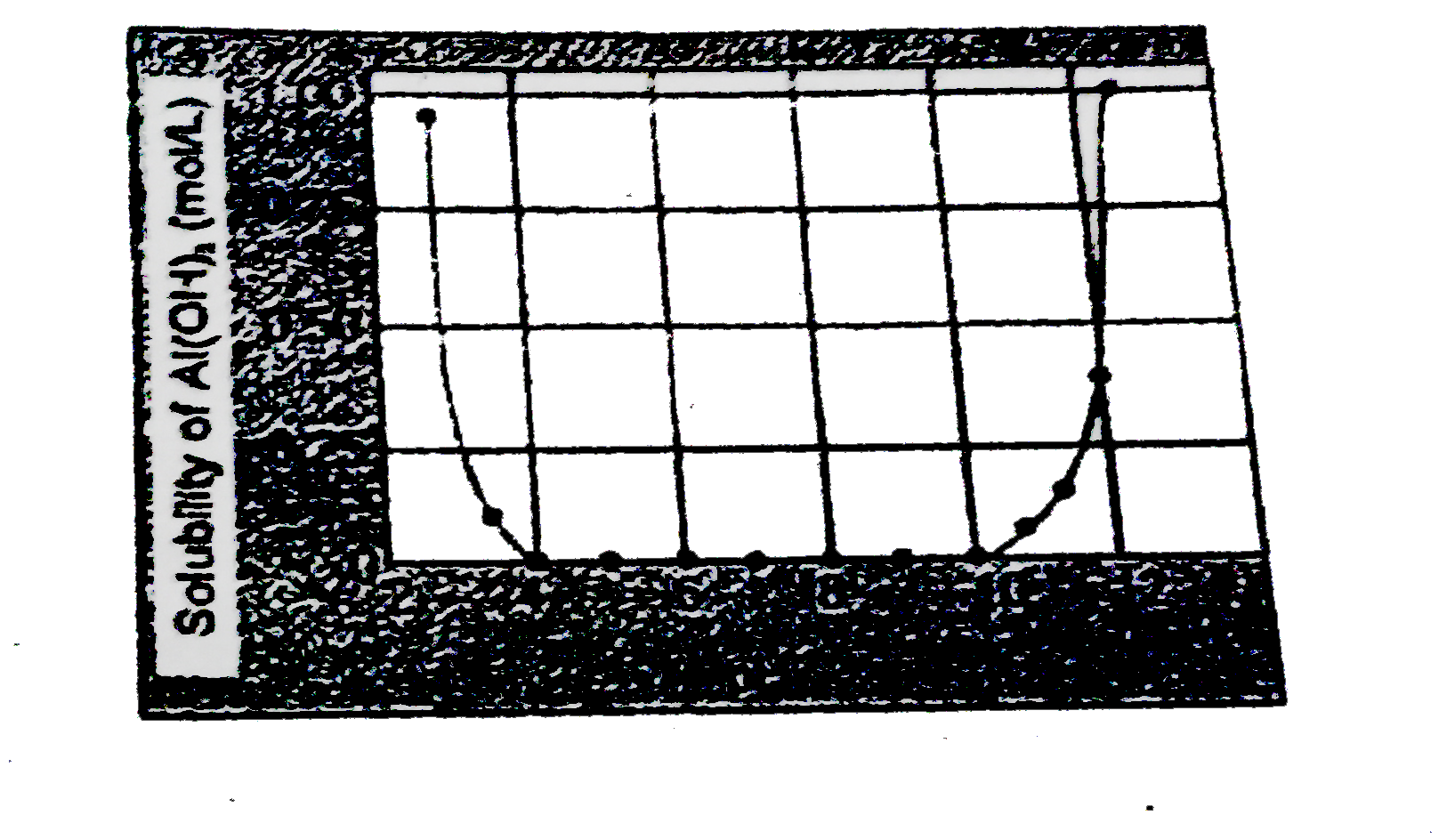B(OH)3 will accept how many OH− ions?
1
2
3
4
The correct Answer is:A
Topper's Solved these Questions
- THE P-BLOCK ELEMENTSBOOK - AAKASH INSTITUTECHAPTER - THE P-BLOCK ELEMENTSEXERCISE - Assignment Section-B)
26 Videos
- THE P-BLOCK ELEMENTSBOOK - AAKASH INSTITUTECHAPTER - THE P-BLOCK ELEMENTSEXERCISE - Assignment Section-C)
23 Videos
- THE P-BLOCK ELEMENTSBOOK - AAKASH INSTITUTECHAPTER - THE P-BLOCK ELEMENTSEXERCISE - Try yourself
70 Videos
- THE D AND F-BLOCK ELEMENTS BOOK - AAKASH INSTITUTECHAPTER - THE D AND F-BLOCK ELEMENTS EXERCISE - Assingment ( Section-J Aakash Challengers Questions )
10 Videos
- THE S-BLOCK ELEMENTSBOOK - AAKASH INSTITUTECHAPTER - THE S-BLOCK ELEMENTSEXERCISE - Assignment (Section-J)
10 Videos
Similar Questions
Knowledge Check
B(OH)3 is
ABasicBMonobasicCDibasicDTribasicB(OH)3 is
ALewis acidBLewis baseCBronsted baseDBronsted acidB(OH)3 accept how many OH− ions ?
A1B2C3D4
B(OH)3 is acidic while In(OH)3 is basic.
BOH_(3) has highly H-bonded network structure.
View SolutionB(OH)3(aq)+ glycol ⊤roductX.
How many chelate rings are present in product X.
View SolutionAmphoterism
Amphoteric oxides, such as aluminium oxide, are soluble both in strongly acidic and in strongly base solutions :
In acid:Al2O3(s)+6H3O+(aq)⇔2Al3+(aq)+9H2O(l)
In base:Al(OH)3(s)+OH−(aq)⇔Al(OH)−4(aq)
Dissolution of Al(OH)3 in excess base is just a special case of the effect of complex-ion formation on solubility.Al(OH)3 dissolves because excess OH− ions convert it to the soluble complex ion Al(OH)−4(aluminate ion)The effect of pH on the solubility of Al(OH)3 is shown in figure.

Other examples of amphoteric hydroxides include Zn(OH)2,Cr(OH)3,Sn(OH)2andPb(OH)2, which react with excess OH− ions to form the soluble complex ion Zn(OH)2−4(zincate ion),Cr(OH)−4(chromite ion),Sn(OH)−3 , Fe(OH)2andFe(OH)3 , dissolve in strong acid but not in strong base.
Which of the following curves best represents the variation of solubility of ferrous hydroxide Fe(OH)2 with the concentration of [H+] ions in the solution:
View Solution1 mole of [OH−] is present in how many moles ofH2O ?
View SolutionHow many isomers of C5H11OH will be primary alcohols?
View Solution
